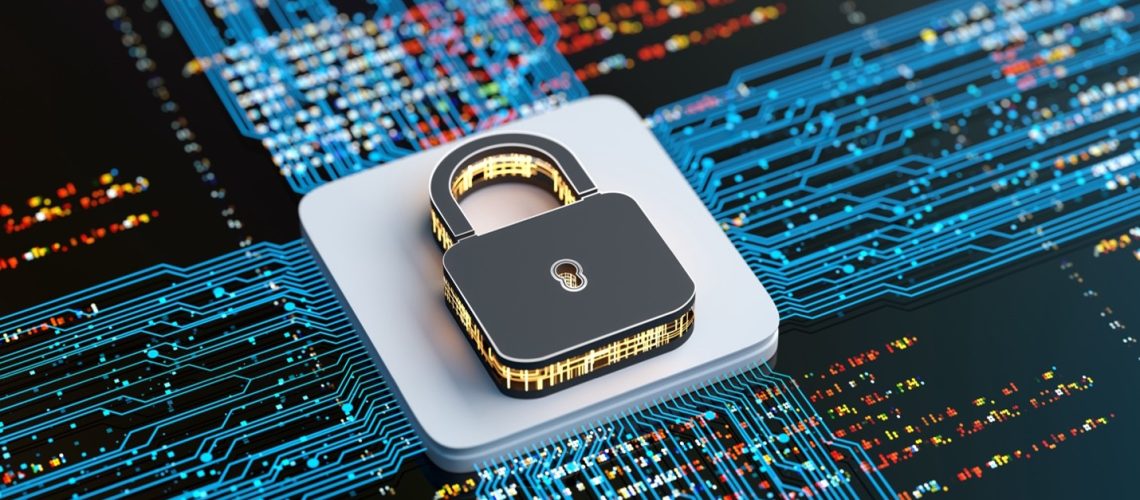Customer-facing platforms are the lifeblood of digital business. They handle payments, personal data, and ongoing communication with clients. A single vulnerability can lead to data breaches that erode customer confidence and damage brand credibility. Establishing strong cybersecurity foundations is not optional; it is a core business responsibility that directly affects growth and reputation.
Prioritize Data Encryption and Secure Connections
Every interaction between your platform and users should be protected by encryption. HTTPS should be non-negotiable, ensuring that sensitive data remains unreadable to unauthorized parties. Secure Socket Layer (SSL) and Transport Layer Security (TLS) certificates reinforce this protection, maintaining confidentiality during transactions and user authentication. Encrypting stored data, especially passwords and financial information, limits exposure in case of a breach.
Strengthen Authentication and Access Control
User accounts are prime targets for cybercriminals. Multi-factor authentication (MFA) adds a critical layer of defense by requiring users to verify their identities through an additional factor, such as a code sent to a mobile device. Internally, administrators should implement role-based access controls, granting permissions only where necessary. This limits potential damage if one account becomes compromised and prevents unnecessary exposure of sensitive systems.
Keep Software and Infrastructure Updated
Outdated software is a silent risk. Cyber attackers often exploit known vulnerabilities that have already been patched in newer versions. Regularly updating operating systems, plugins, and third-party tools minimizes that threat. Automated patch management systems can help streamline the process, reducing human oversight errors. For customer-facing platforms, updates should be scheduled carefully to minimize downtime while maintaining security integrity.
Monitor and Respond to Threats Proactively
Cybersecurity is never static. Platforms must employ continuous monitoring to detect unusual activity or unauthorized access attempts. Security Information and Event Management (SIEM) tools provide real-time alerts and allow teams to investigate potential threats before they escalate. Regular audits and penetration testing help identify weaknesses, giving businesses a chance to correct them before cybercriminals exploit them.
Educate Employees and Users
People remain the weakest link in cybersecurity. Training employees to recognize phishing attempts, social engineering, and unsafe online practices reduces the likelihood of accidental breaches. Similarly, educating users through clear platform messages or help center resources builds trust and encourages safe behavior. Cybersecurity awareness should be viewed as a shared responsibility between the company and its customers.
Backup and Recovery Planning
No system is immune to attacks. A reliable backup and recovery plan ensures that essential data and functionality can be restored quickly. Backups should be stored securely in separate environments and tested regularly. Rapid recovery minimizes business disruption and maintains customer confidence, even after an incident.
Cybersecurity is not just a technical issue; it is a customer experience issue. Businesses that protect user data demonstrate integrity and reliability, creating long-term loyalty in a market where trust is easily lost. Whether through cloud-based infrastructure, e-commerce, or digital communication tools, every organization can benefit from a structured approach to security. Implementing these best practices, supported by SMB business solutions, allows companies to safeguard both their platforms and their customers. To learn more, look over the accompanying resource below.

